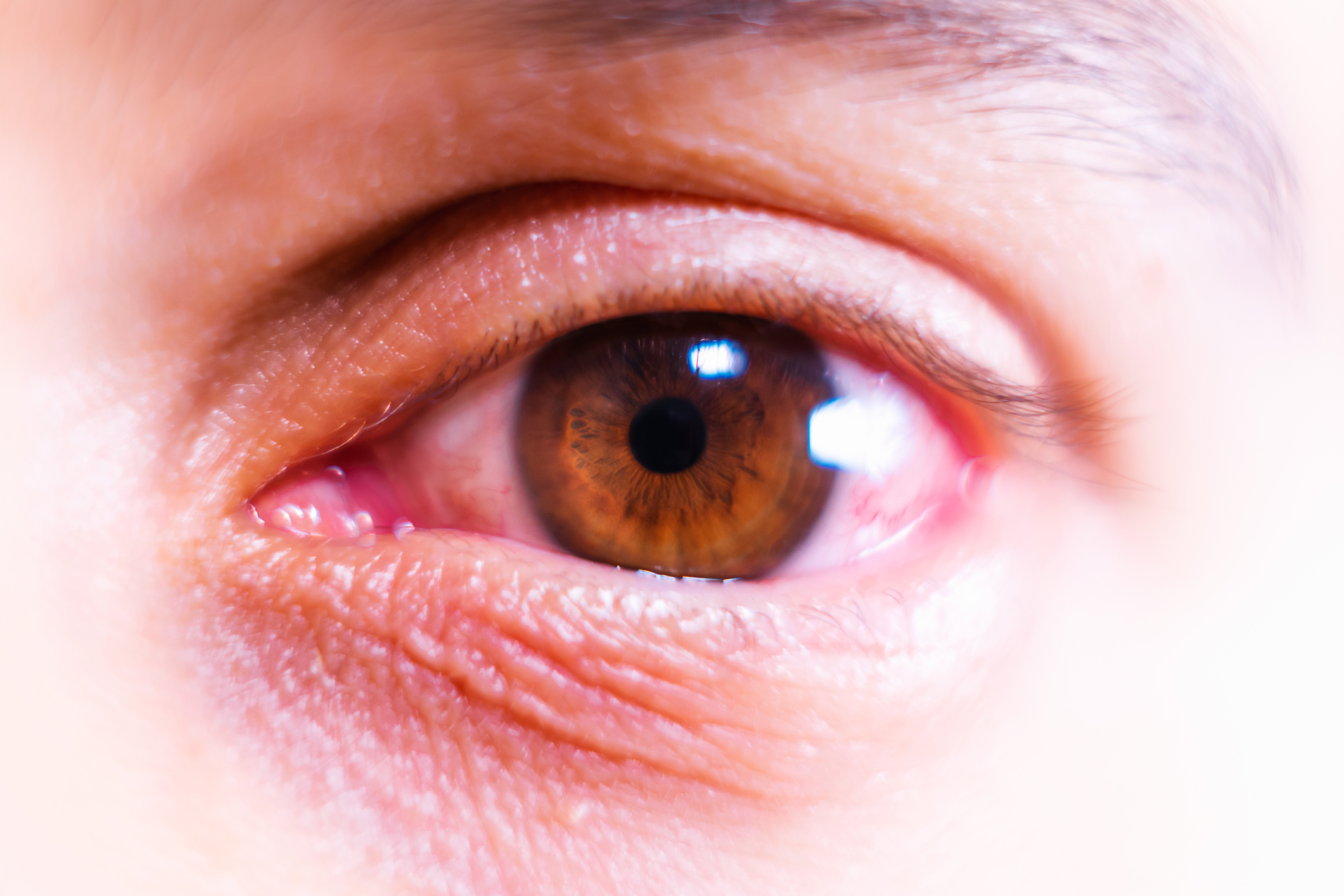Diseases
Uvéite

Uveitis
Definition
Uveitis is an inflammation of the uvea. There are 3 main types of uveitis: posterior, intermediate and anterior.
Organ
Uveitis affects the uvea, the part of the eye that includes the choroid, the ciliary body and the iris.
Symptoms
The disease can develop slowly and may not cause any symptoms for a long time. Affected people may typically suffer from :
- Blurred vision and reduced visual acuity
- Pain and excessive sensitivity to light
- Tearing and redness of the eye
- Appearance of filaments, spots, shadows, dots or opacities in the visual field
Source: Fondation Asile des Aveugles
Frequency
Anterior uveitis is the most common form.
Intermediate uveitis generally affects patients aged between 20 and 40.
Source: Passion Santé
Causes
There are dozens of causes of uveitis, including viral, fungal and bacterial infections. But in many cases, the cause is unknown.
Your optician can often identify the cause of uveitis if there has been trauma to the eye or if you have a systemic infectious or immunological disorder.
Source: All About Vision
Evolution
With appropriate treatment, uveitis generally heals well and without sequelae.
However, recurrences are common, and cataracts, glaucoma, macular oedema, vascular obstructions and retinal detachment can develop, affecting vision.
Diagnosis
In order to diagnose uveitis, a slit-lamp examination is necessary to visualise the anterior chamber.
An examination of the fundus after dilatation with medication can identify the different types of damage.
Treatment
Treatment of uveitis depends above all on the basic diagnosis.
In forms secondary to viral infection, the virus must first be treated with antiviral agents before an anti-inflammatory agent is introduced.
In inflammatory forms, corticosteroids are necessary. These can be administered either locally (for anterior uveitis) or systemically (orally, intravenously). The use of corticosteroids requires rigorous monitoring of ocular inflammation, in order to adapt the dosage as closely as possible to the evolution of the inflammation.
When corticosteroids are insufficient, immunosuppressive agents must be used. These treatments require rigorous patient monitoring.
Source: Asile des aveugles
